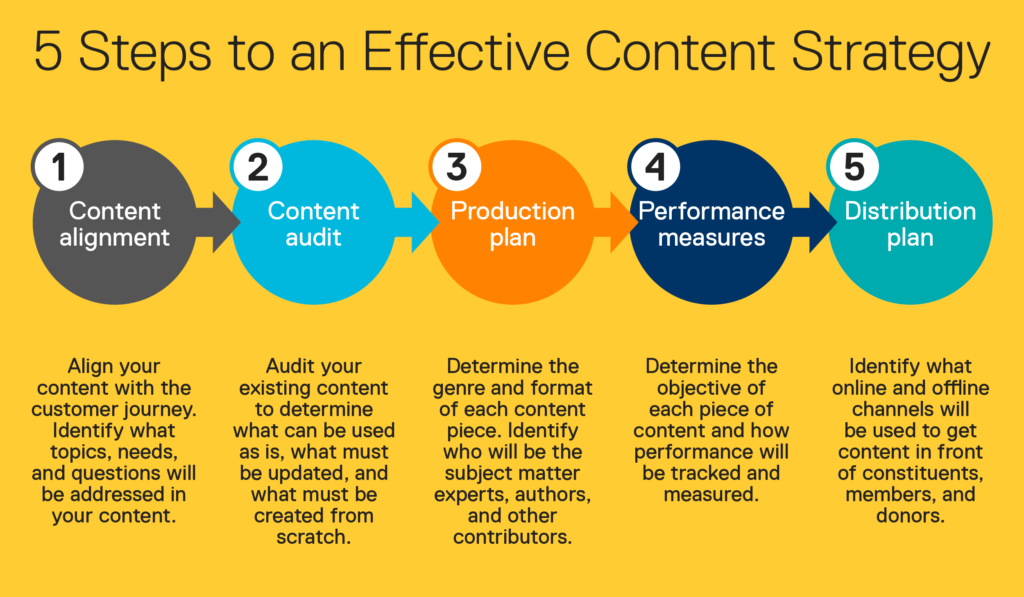What Is Market Research?
Market research can be an exercise to gather feedback and information directly from customers, generally for judging specific business decisions’ viability. It helps you answer strategic questions about brand management, product development, and consumer perceptions.
For example, McDonald’s, the world-famous fast-food chain, uses ongoing market research to focus on: What products are popular? What prices are customers willing to pay? Which are the most visited restaurants? McDonald’s then uses the data gained through this research to gauge the impact of different decisions on the business and know whether their customer base is growing.
Similarly, In most cases, market research is used to prove or refute a hypothesis. Let’s say you are planning to launch a new product with millennials as your target audience, but beforehand, you want to ensure that millennials are looking for such products in the market.
Market research is helpful to get these insights. Reach out to your target audience and ask if your planned product would be interested in and, depending upon their answers’ aggregate results. You can determine whether you want to go ahead with the launch or not.
Given how far technology has penetrated marketing, it’s no longer necessary for businesses to depend solely on traditional surveys for conducting market research. As an alternative, you can also track customers’ usage habits and shopping behavior. Intent data can be the basis of specific market research projects.
What Is Market Analysis?
The major difference between market research and market analytics is that market research focuses on gathering data directly from the market and customers. Whereas, a market analysis seeks a larger perspective from collating data and insights, including market research. Then this is used to assess potential options and business forecasts.
According to research by Analytics India Magazine and AnalytixLabs in 2017, India’s total analytics, data science, and big data market was estimated at $2.03 billion in revenues, expanding annually at the rate of 23.8%.
This trend of using in-depth analytics, speaks about the heightened influence of market research analysis. It makes it compelling for any business to explore this street. Some companies, like Apple, are ahead in the race of others.
Apple has been the most popular name in technology for years. It’s not because they are the most innovative. Instead, they use market analysis to find out exactly what their customers want from their devices; they then figure out how to make them a reality.
Apple’s prime research group, “Apple Customer Pulse,” conducts online surveys. These surveys and analyses have been tremendously helpful to build unique products and product modifications that customers have loved and truly appreciated.
Market Research Or Market Analysis?
An often asked and often wondered question is what’s the most reliable Market Research or Market Analysis? Honestly, a wrong question to ask. In the first place, this is so because these two are merely absolute terms to cover a whole range of methodologies used by different businesses to satisfy their distinct requirements in the best possible way.
Secondly, and importantly, market research and market analysis are not alternatives for each other. On the contrary, they work best in combination, having a unified approach using both. In simple words, the data accumulated through market research is fodder for market analysis, leading to insightful business decisions.
The analysis adds the element of quality over quantity approach of market research. When used as two different tools, using the benefits of both primary and secondary research to understand the customers, market research, and analysis can help you ensure that you deliver the right product to the appropriate people.
A great example of this is how prominent toy-industry giant Lego patted and utilized a new customer segment. For decades, Lego has been designing and manufacturing its toys with great success. However, market research analysis showed that only 9% of their primary users were girls.
Lego carried out an extensive 4-year long study with 3500 young girls and their mothers based on these primary stats. And with the data collected from this study, Lego launched a new line of toys called Friends. Implementing all features that analyzed research data was acknowledged as most compelling to the target audience.
For example, they changed the packaging, and more vibrant colors were used for bricks. Marionettes were made slightly bigger to accommodate purses in their grips and use accessories such as hairbrushes.
Starbucks conducted similar market research and analysis to determine why existing customers switched brands and discovered that people increasingly prefer dairy-free milk alternatives. With this insight, Starbucks started offering almond milk, soy milk, etc., successfully increasing sales.
How To Make the Best of it With a Balanced Approach?
As a business person, the end objective is to bring growth and positive change in every aspect: brand perception and sales. To achieve this growth, it’s important to have the utmost clarity about the business or brand’s future course. You need to know as much as you can about the customers, market, competitors, and other factors explicit to your business.
From a short-term perspective, undertaking a big market analysis may look like a humongous task that will eat into your day-to-day business activities, but ultimately, it is necessary for you to scale up the business and keep it going.
To ensure that you can single-mindedly focus on your business. It is also a good idea to entrust data collection and analysis from specialized and experienced organizations to ensure that you get the authentic and most reliable results for the money you spend.





